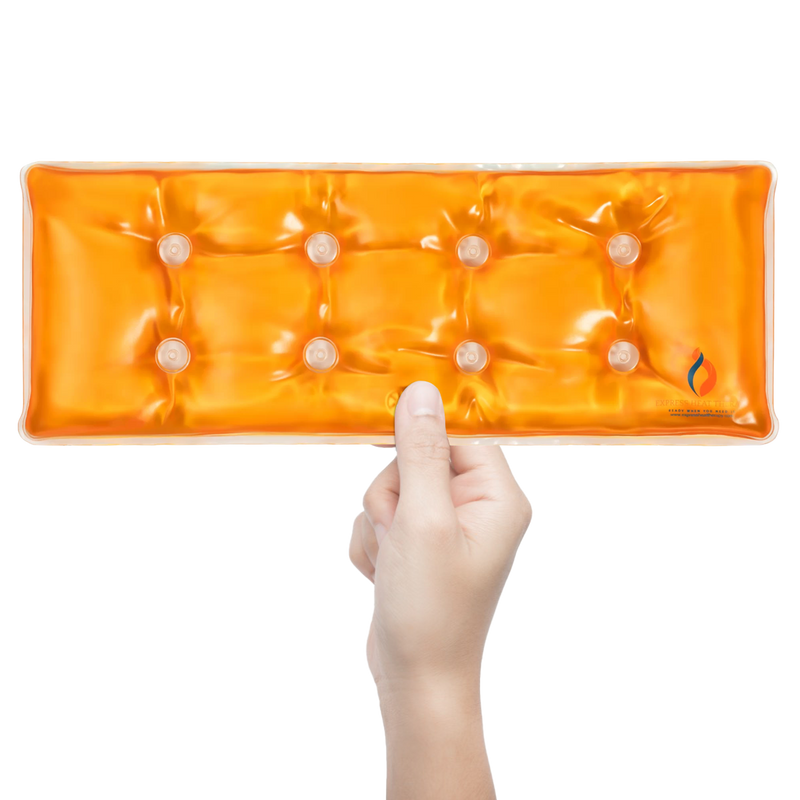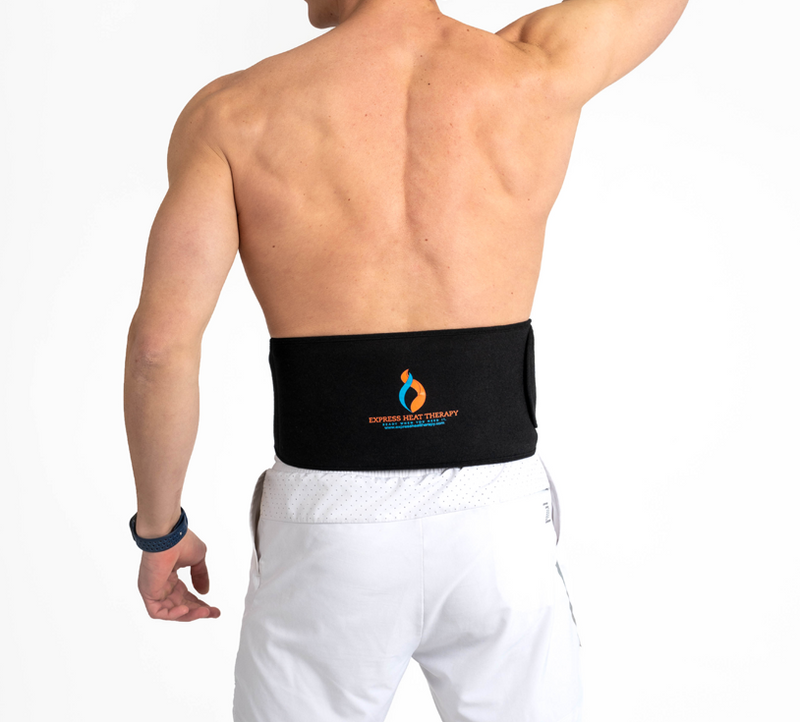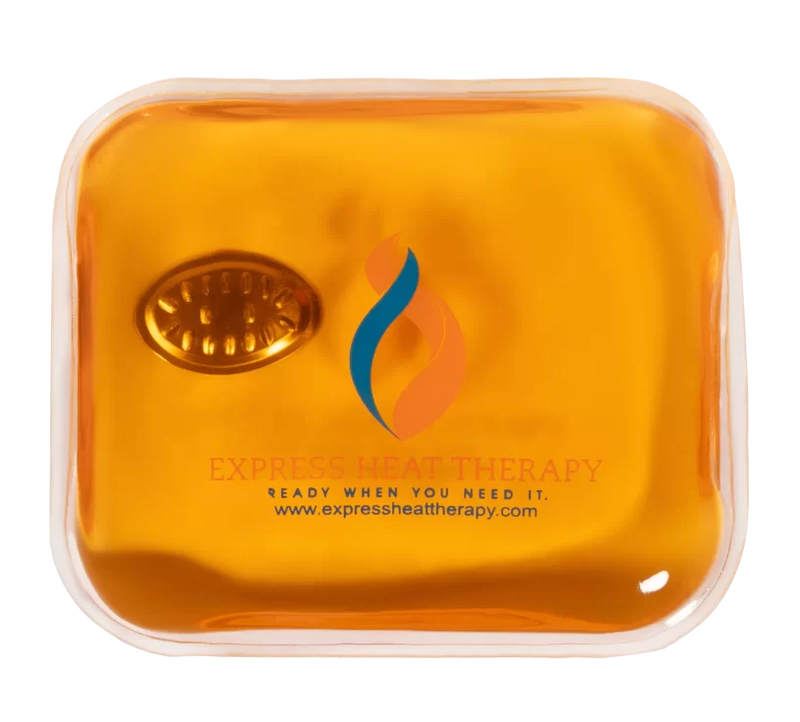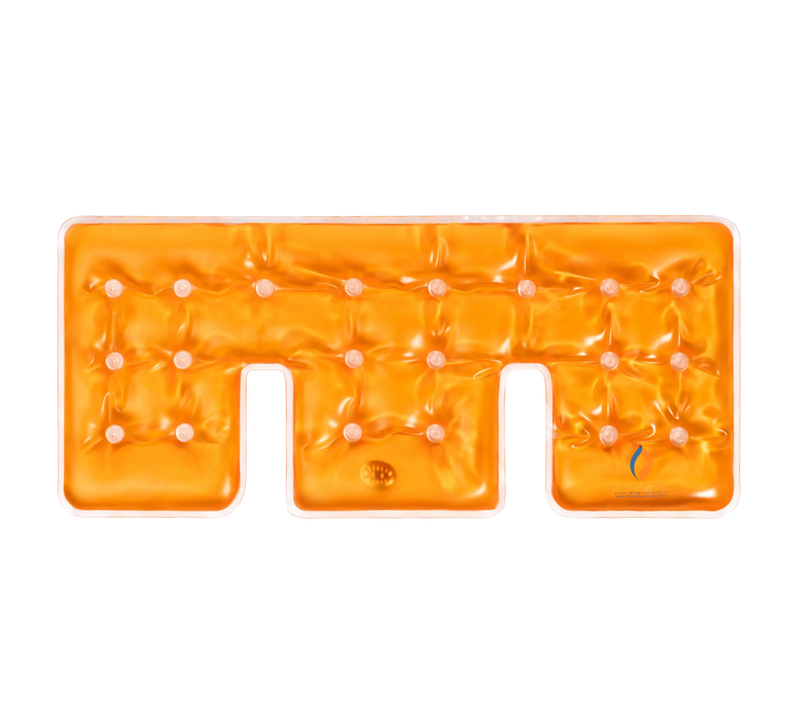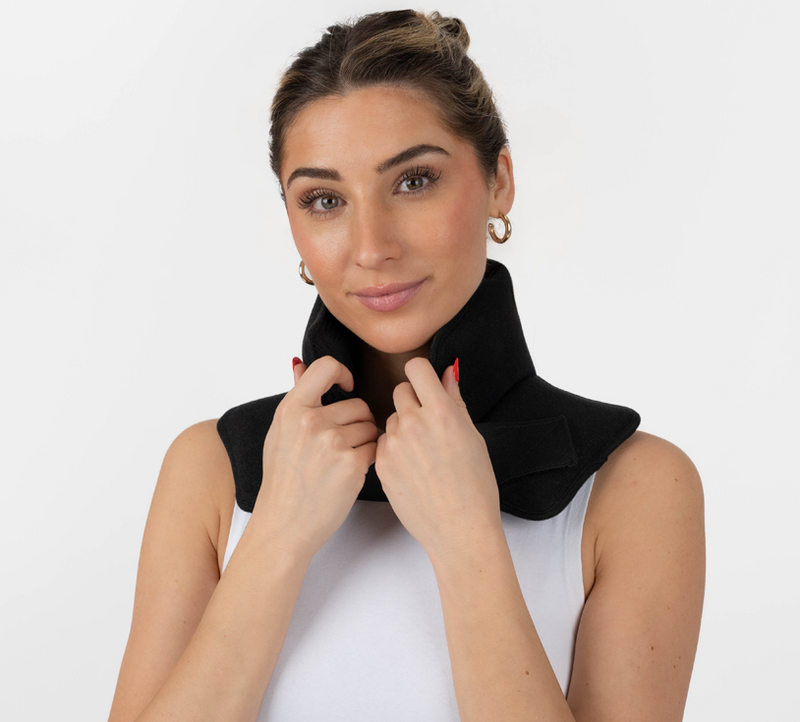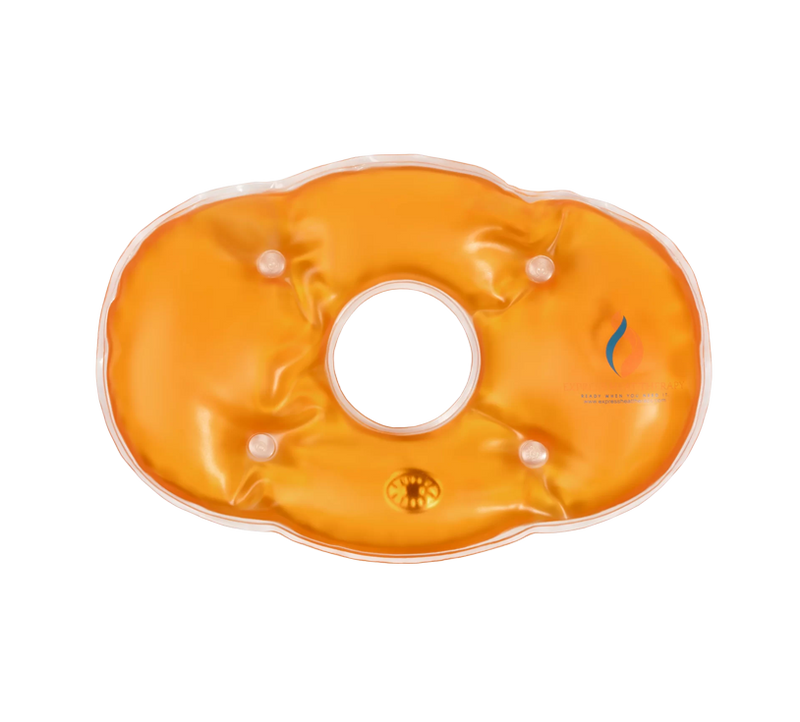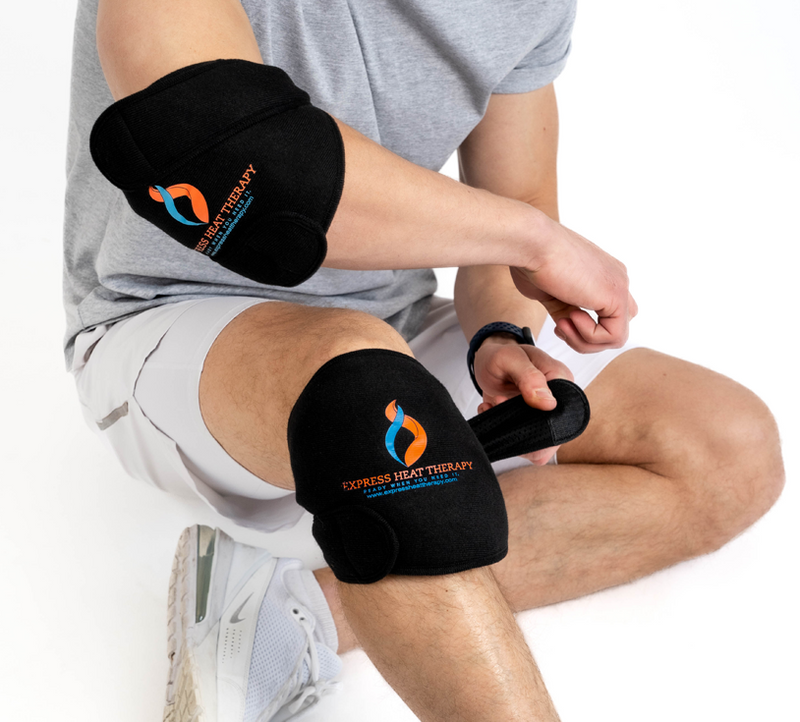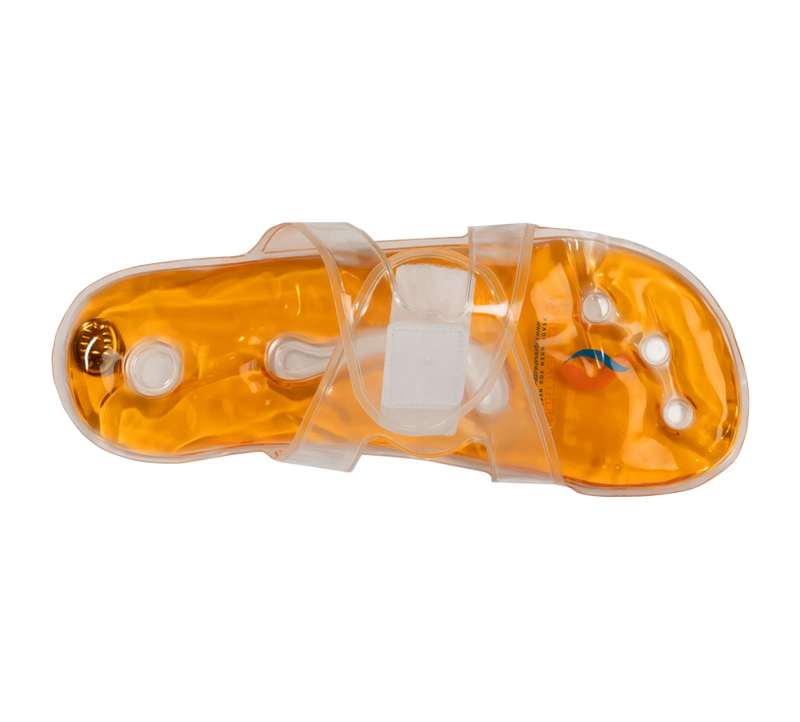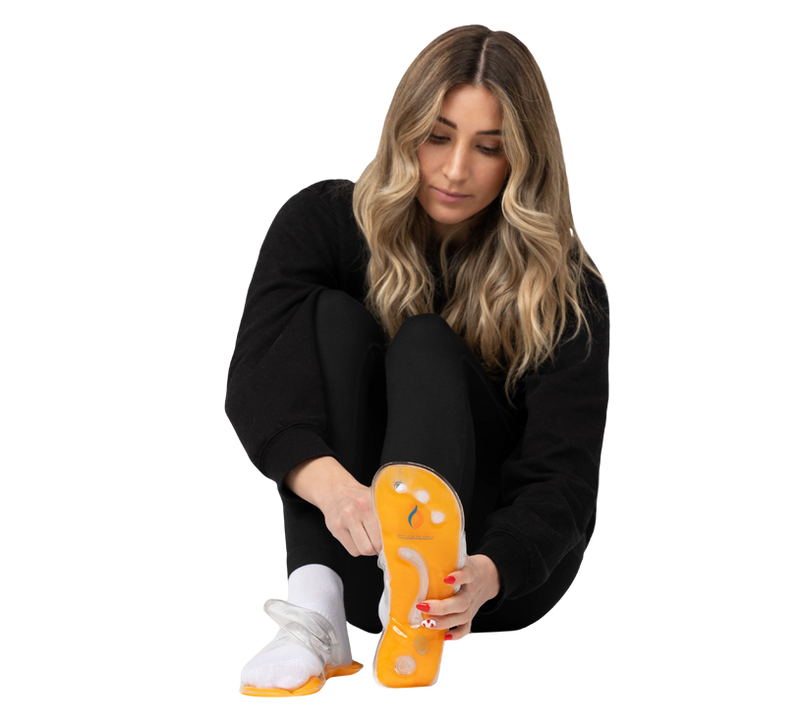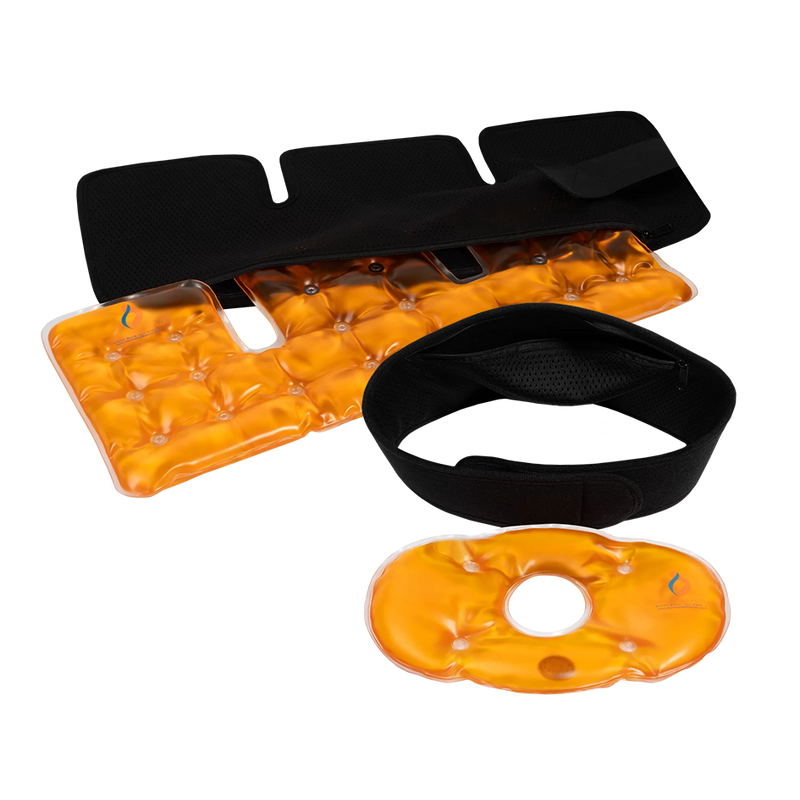Tension in the head and neck is an all-too-common issue, often leading to discomfort and frustration. Fortunately, relief is at hand with a simple yet effective solution: heating pads.
If you're battling stress from a long day at work or dealing with the residual effects of poor posture, this ultimate guide will walk you through the myriad benefits of using heating pads for head and neck pain relief.
Discover the science behind heat therapy, its benefits, and how to seamlessly incorporate this practice into your self-care routine.
Let’s get right in.
Understanding Head and Neck Pain: Causes and Symptoms
Head and neck pain has become almost synonymous with daily life for many individuals. The root causes of such pain are diverse, ranging from the trivial to the severe. A primary culprit is poor posture, often arising from long hours spent hunched over computers or mobile devices.
This forward-leaning posture places undue stress on the cervical spine, leading to muscle tension and discomfort. Furthermore, stress and anxiety can exacerbate this tension, as they often cause muscles to contract and maintain a state of prolonged tightness.
Another significant contributor to head and neck pain is physical strain or injury. Activities such as heavy lifting, sudden movements, or even sleeping in an awkward position can lead to muscle strains or sprains. Whiplash, a common result of car accidents, also falls into this category, causing acute pain and stiffness. Additionally, underlying medical conditions such as arthritis, degenerative disc disease, or herniated discs can cause chronic neck pain that often radiates to the head.
The symptoms of head and neck pain can vary widely, but common indicators include stiffness, a limited range of motion, and tenderness in the affected areas. Some individuals may experience headaches that originate from the neck, known as cervicogenic headaches, which are characterised by a dull, aching pain that often worsens with specific neck movements.
In severe cases, symptoms may include numbness, tingling, or weakness in the arms and hands, suggesting potential nerve involvement. Recognising these symptoms and understanding their causes are crucial steps toward effective pain management.
The Science Behind Heat Therapy
Heat therapy, also known as thermotherapy, has been used for centuries to alleviate pain and promote healing. The underlying science is straightforward yet highly effective.
When heat is applied to the body, it stimulates blood flow to the affected area. This increased circulation delivers oxygen and essential nutrients to the tissues, promoting healing and reducing inflammation. Additionally, heat helps to relax muscles and reduce spasms, providing immediate relief from pain and stiffness.
One of the primary mechanisms through which heat therapy works is the dilation of blood vessels. When heat is applied, blood vessels expand, allowing more blood to flow into the targeted area.
This process not only helps to remove waste products from injured tissues but also brings in oxygen and nutrients necessary for repair. The warmth also stimulates sensory receptors in the skin, which can help to decrease the transmission of pain signals to the brain, effectively reducing the perception of pain.
Moreover, heat therapy can improve tissue elasticity, making it particularly beneficial for individuals with chronic conditions such as arthritis or fibromyalgia. By improving the flexibility of muscles and connective tissues, heat therapy can help to reduce stiffness and improve the range of motion. This makes it an invaluable tool for both acute injuries and chronic pain management, providing a non-invasive and drug-free method of relief.
Benefits of Using Heating Pads for Pain Relief
Heating pads offer a convenient and effective way to harness the benefits of heat therapy for head and neck pain relief. One of the most significant advantages is their ability to provide consistent and controlled heat. Unlike other heat sources, such as hot water bottles or warm towels, heating pads can maintain a stable temperature for extended periods, ensuring continuous therapeutic benefits. This consistency is important for achieving optimal results, as it allows the heat to penetrate deeply into the tissues without the risk of burns or overheating.
Another benefit of using heating pads is their ease of use and versatility. Modern heating pads come in various shapes and sizes, designed to conform to different parts of the body. For head and neck pain, there are specially designed pads that wrap around the neck and shoulders, providing targeted relief exactly where it's needed.
Many of these pads also offer adjustable heat settings, allowing users to customise the level of warmth to their comfort and therapeutic needs. This adaptability makes heating pads suitable for a wide range of pain conditions, from acute injuries to chronic ailments.
Furthermore, heating pads are a cost-effective and accessible solution for pain relief. They are widely available, relatively inexpensive, and easy to use at home or work. This accessibility means that individuals can incorporate heat therapy into their daily routines without the need for frequent visits to a healthcare provider.
Additionally, the soothing warmth of a heating pad can help to reduce stress and promote relaxation, contributing to overall well-being. By providing both immediate and long-term benefits, heating pads are an invaluable tool in the management of head and neck pain.
How to Choose the Right Heating Pad for Your Needs
With various options available on the market, it's important to consider factors such as size, shape, material, and heat settings.
For head and neck pain, look for heating pads that are ergonomically designed to fit these areas. A wrap-around pad or one with a neck collar can provide targeted relief and ensure that the heat reaches the muscles and joints most affected by tension and pain.
Material is another important consideration. Heating pads typically come in fabric or plush materials that offer comfort and durability. Some pads feature a moist heat option, which can be more effective for penetrating deep tissues and providing relief.
Moist heat pads usually have a water reservoir or require dampening before use, and they are particularly beneficial for conditions that involve deeper muscle pain or stiffness. Conversely, dry heat pads are simpler to use and maintain, making them a good choice for those seeking convenience and ease of use.
Adjustable heat settings are also an important feature to look for in a heating pad. Different pain conditions or personal preferences may require varying levels of heat, so having the ability to adjust the temperature can enhance the therapeutic experience.
Additionally, safety features such as automatic shut-off and timer settings are beneficial, as they prevent overheating and ensure safe use, especially if you plan to use the pad while relaxing or sleeping. By carefully considering these factors, you can choose a heating pad that best meets your needs and provides effective pain relief.
Find out more about how you can choose the right heating pad
How to Use a Heating Pad Safely and Effectively
First and foremost, always read the manufacturer's instructions before using the heating pad. This will provide specific information on how to operate the pad, adjust settings, and maintain it properly.
When using a heating pad, start with a low heat setting and gradually increase the temperature as needed. This approach helps prevent burns and allows your body to acclimate to the warmth. It's also important to limit the duration of each heat therapy session.
While it can be tempting to use a heating pad for extended periods, sessions should typically last no more than 20 to 30 minutes. Prolonged exposure to heat can lead to skin irritation or burns, even at lower temperatures.
To use a heating pad effectively for head and neck pain, ensure that it is positioned correctly and comfortably. For neck pain, consider using a wrap-around pad that provides even coverage and allows you to move freely.
If you're using the pad for headaches, placing it around the back of the neck or on the shoulders can help alleviate tension that contributes to head pain.
Always place a cloth or towel between the heating pad and your skin to prevent direct contact, which can reduce the risk of burns. By following these guidelines, you can safely and effectively incorporate heating pads into your pain relief regimen.
Conclusion: Embracing Heat Therapy for a Pain-Free Life
Heating pads provide consistent, controlled warmth that promotes healing, reduces tension, and offers immediate relief. Incorporating them into your pain relief regimen offers a simple yet highly effective method for managing head and neck pain. By understanding the causes and symptoms of your pain, along with the science behind heat therapy, you can make informed decisions about your treatment. With various options available, it's important to choose a heating pad that suits your specific needs and preferences.
Not sure which heating pad to choose? Check out Express Heat therapy’s best sellers.
